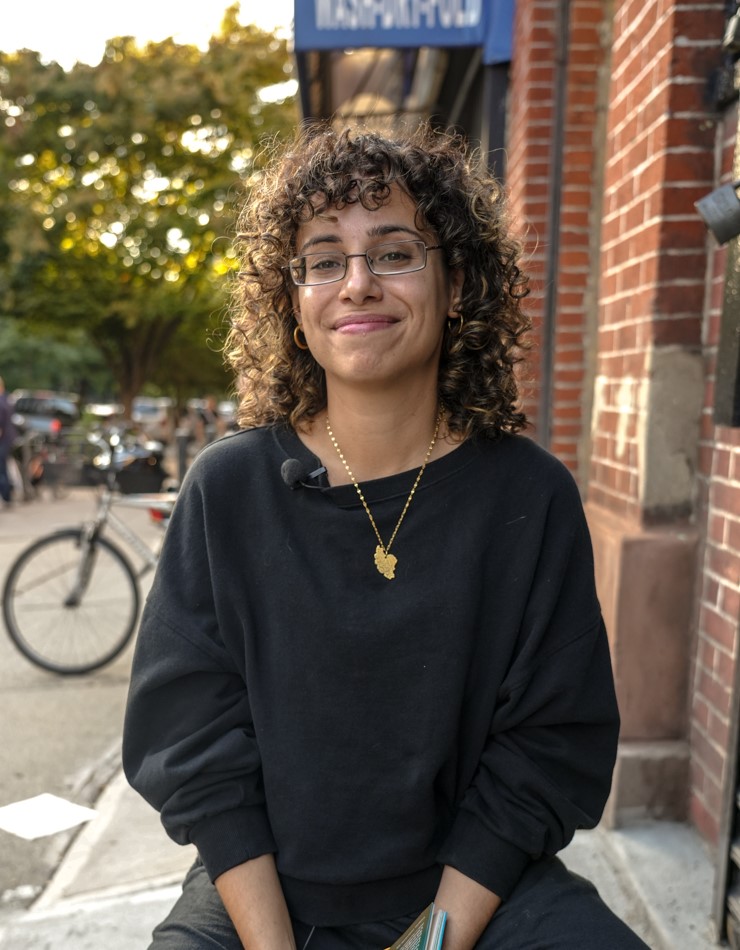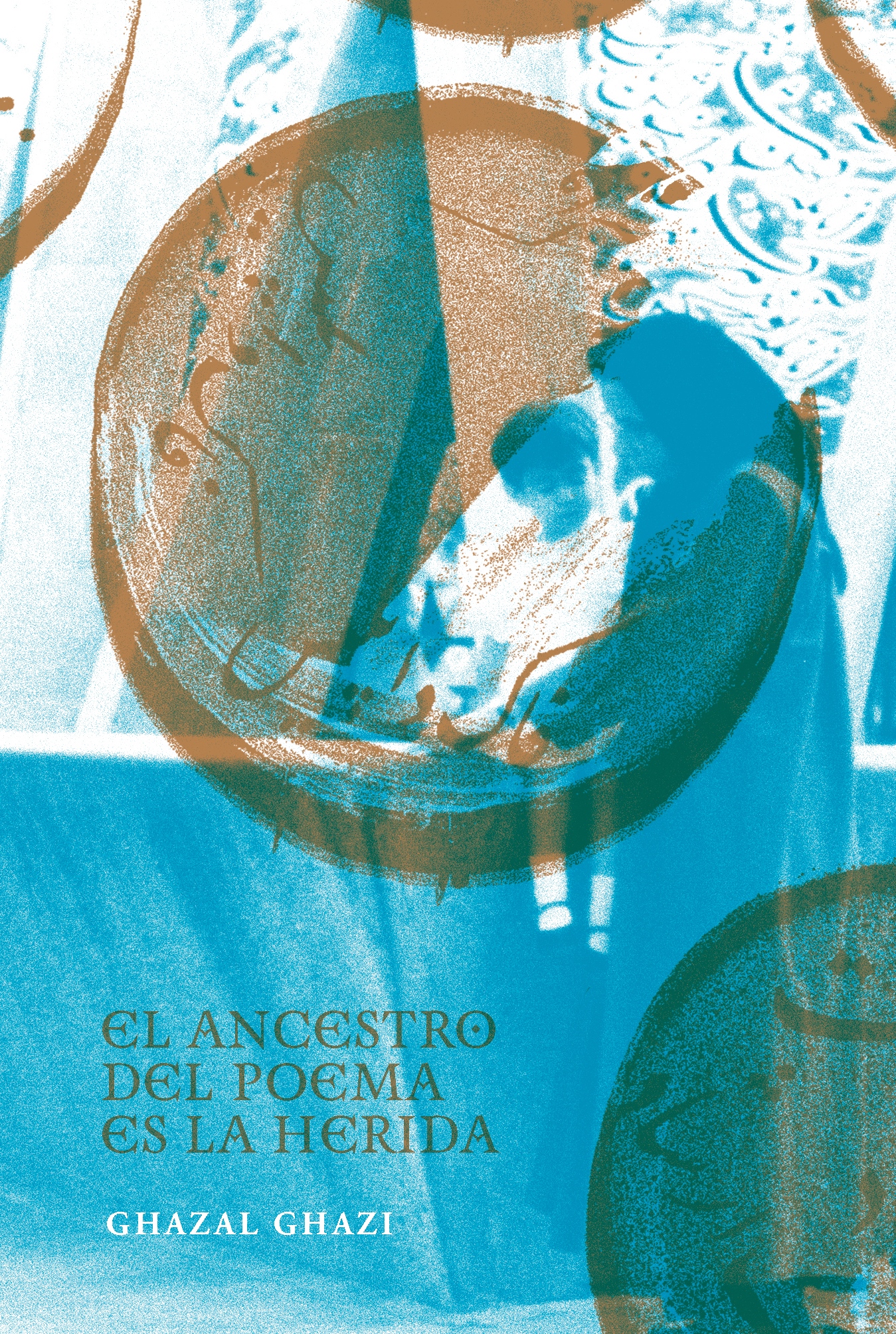
Reference Associate
Ghazal Ghazi
- Gladys Marcus Library
- Research & Instructional Services
El ancestro del poema es la herida
El ancestro del poema es la herida is my second poetry book and it was co-published in 2024 by Ginecosofia (Chile) in collaboration with the publishing cooperative Como un Lugar (Argentina). It features twenty-two poems written in Spanish, seven of which are ghazals. Language, memory, and trauma are some of the prominent themes in the book.

How did you first come up with the idea for this work?
In 2019, after I published my first poetry book in Guatemala, La frontera desemboca en ti (Cafeína Editores), I felt like the path I had started with the book wasn’t quite finished and that I wanted to continue to dig into the main ideas. Now I feel like I was able to complete the dive into my original inquiries about the ways in which state violence, gender, immigration, language, and memory intersect and sometimes crash into each other. I wanted to disrupt some binary oppositions, but I wanted to do so outside of English, and I also wanted to do something which I hadn’t seen before, which was write ghazals in Spanish while maintaining some of the original parameters of the form like the refrain and the internal rhyme.
What was your research process like?
The process for this book was open-ended and the research was ongoing over the span of several years, as opposed to other projects where I first dedicate a research stage before the writing even begins. In this case, the research was ongoing and overlapped with the creative writing part of the project. I let myself go down rabbit holes as they popped up or where I felt it necessary to conduct more research. A lot of the research for this book overlapped with concurrent visual arts projects that I was working on that were based on family archives, and some of this visual material was incorporated into the graphic design work of Nicolás Sagredo and the collages that he created for the book using these family archives, photographs of my artwork, and Persian calligraphy.
How long did you work on this before it was published?
While the book mainly contains new, unpublished poems, it also contains a few poems from my first book that I chose to reedit. The oldest of these was originally written in 2015. Otherwise, the majority of the book was written in the last 5 years.
What was your biggest challenge? What was most rewarding?
Writing the ghazals was both the most challenging and most rewarding part of the project. Traditionally, the ghazal has a strict set of rules, and in many ways this structured form is what unites the otherwise disparate, independent couplets. There isn’t necessarily a precedent for ghazals written in Spanish, and translations of ghazals into Spanish rightfully focus on translating content, not the form. So in many ways it felt like uncharted territory. Ultimately, I chose five rules to stay faithful to as I attempted to bring the ghazal into Spanish. Editing them proved even harder than writing them, and the whole endeavor stood somewhere between an experiment and a risk. I think that in the end, the challenge of the form pushed me and resulted in greater creativity, with imagery that I wouldn’t have arrived at otherwise. I’m pleased with how they turned out and feel inspired to continue writing more ghazals in Spanish.
Have you published any other books or have any upcoming publications?
My first book, La frontera desemboca en ti, was published in 2019 by the Guatemalan publishing press, Cafeína Editores.
- At FIT since December 2023
- Book published in 2024
